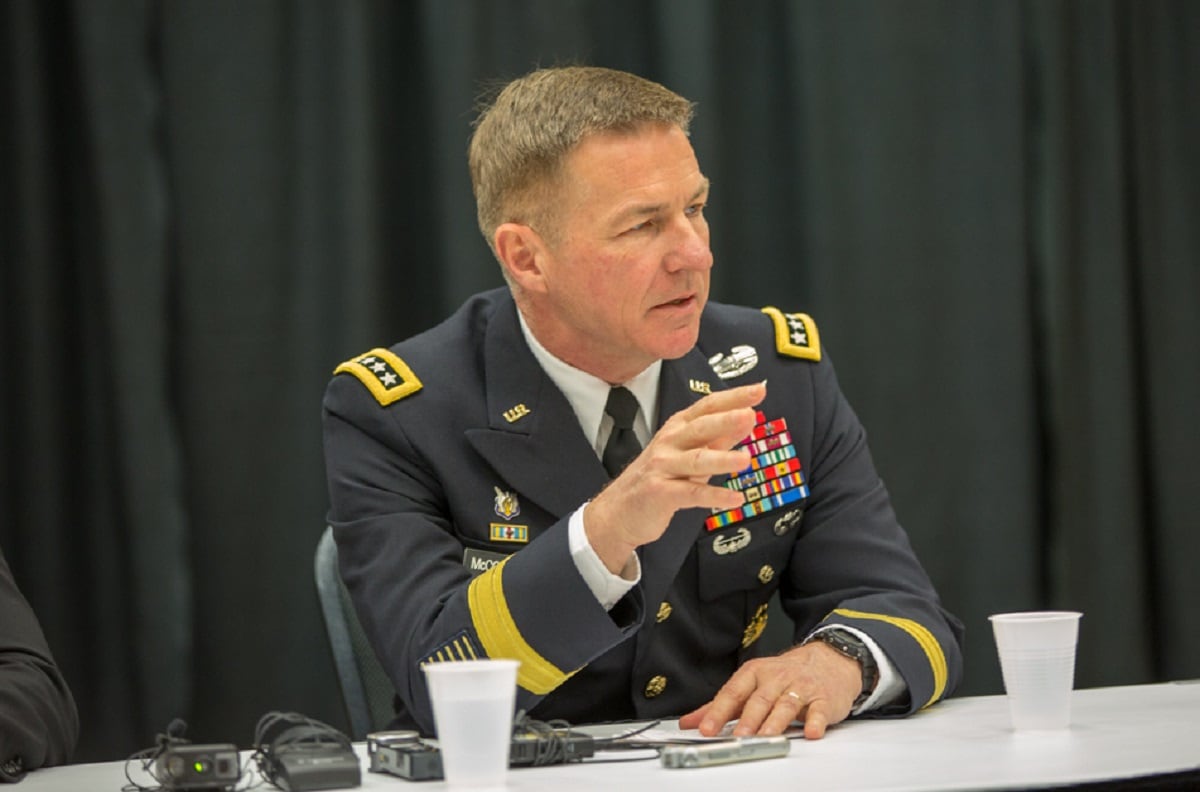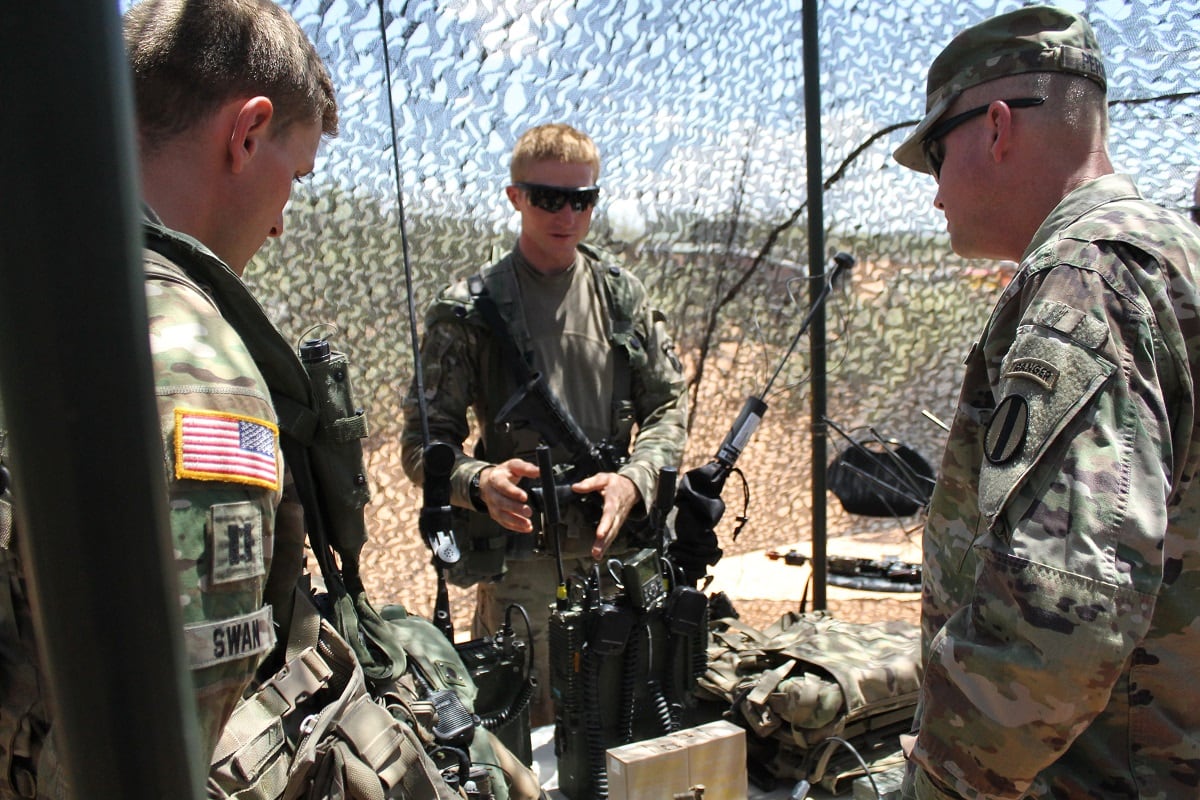HUNTSVILLE, Alabama — The new Army Futures Command is slated for initial operating capability this summer, with full capabilities a year later, but acquisition research teams are already down at the unit level to get soldier input on systems that in development.
For example, an infantry battalion within the 82nd Airborne Division is testing a network prototype, one of the new command’s six modernization priorities, Army Vice Chief of Staff Gen. James McConville told Army Times on Monday at the AUSA Global Force Symposium.
“They’ve got the equipment, it’s out with the troops, they’re giving the feedback,” he said. “The people that are developing the systems are there right with them, so they’re actually using it and giving very good feedback.”

Soldiers at the unit level, working with the command’s cross-functional teams, will be key to all of Futures Command’s projects, leaders said.
“So they’re helping us build this network from the ground up, and we’re building it from the top down,” McConville added. “Getting the input of users is extremely important, or you won’t have a system that they’re going to use when it gets fielded.”
It’s similar to a special operations model, he said, which has been an inspiration in the effort to streamline Army acquisitions as whole.
“They get it down, they give special operators a chance to work with the equipment,” McConville said. “They touch it, they feel it, and then we can quickly turn those things around.”
RELATED
Acting SECARMY: The Army’s new modernization command can learn from rapid special ops acquisitions
There will be more opportunities for those CFT representatives to visit units, as well as to bring soldiers out to Futures Command’s eventual headquarters, he said.
More junior leadership and enlisted soldiers will also have a place at those CFTs, Army Undersecretary Ryan McCarthy told Army Times.
“I mean, they’re led by one- and two-star generals, but in these meetings, we’ve got majors, lieutenant colonels,” he said. “We’re going to put some senior noncommissioned officers, sergeants major, on all of the cross-functional teams. We’ve got that underway right now.”
Meghann Myers is the Pentagon bureau chief at Military Times. She covers operations, policy, personnel, leadership and other issues affecting service members.








